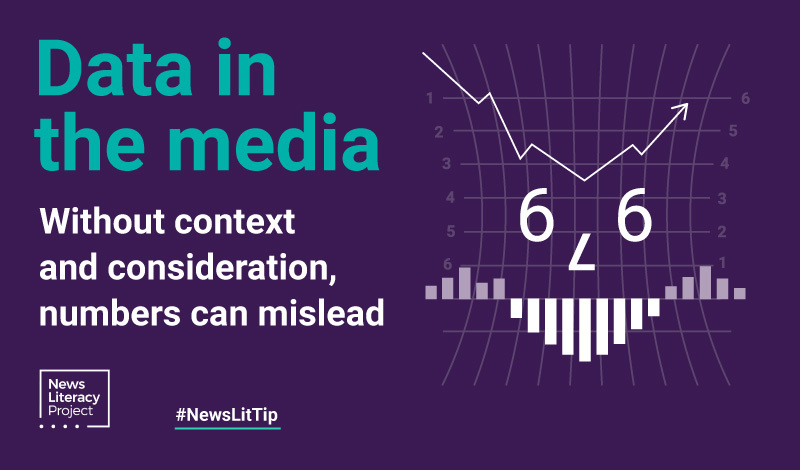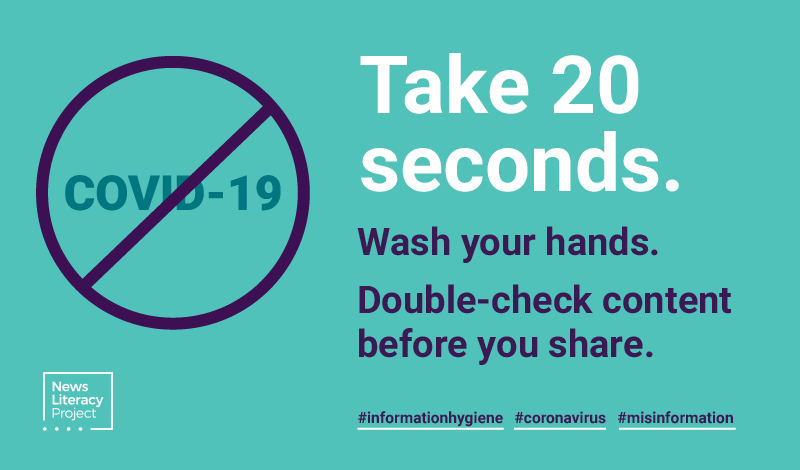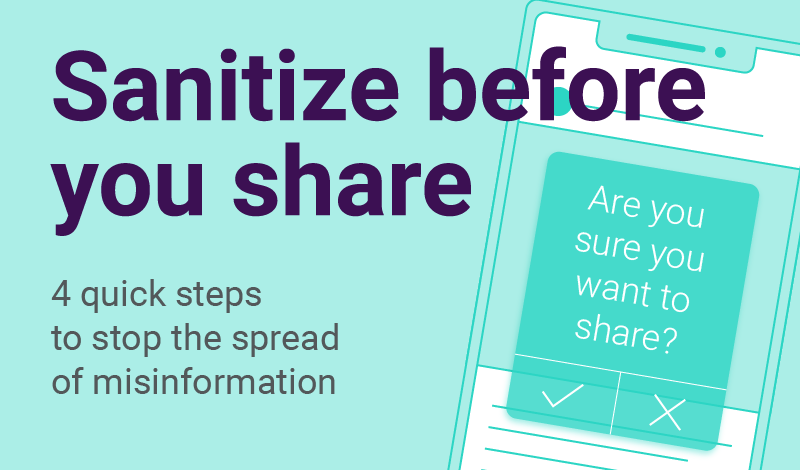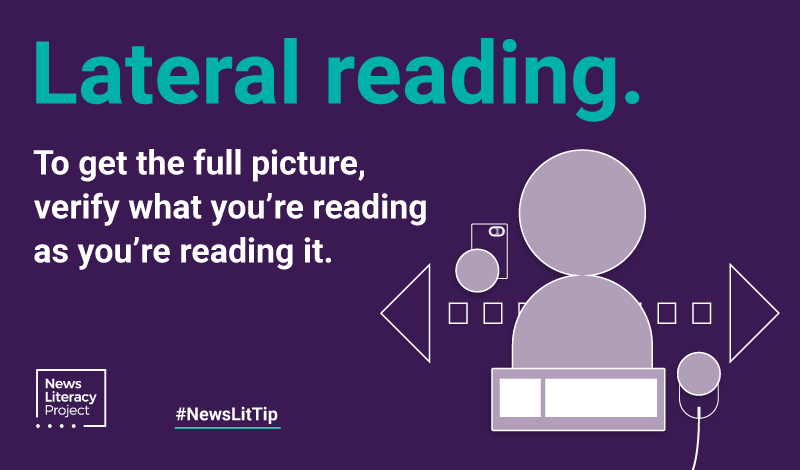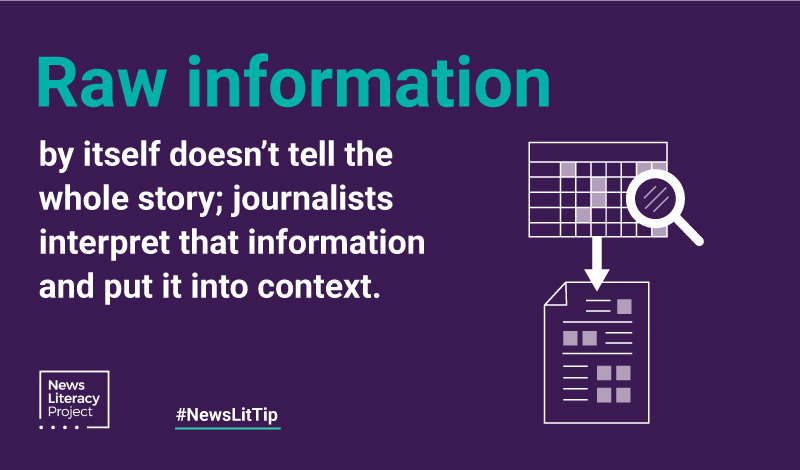
News Lit Tips
Before investing time in the story, investigate the source
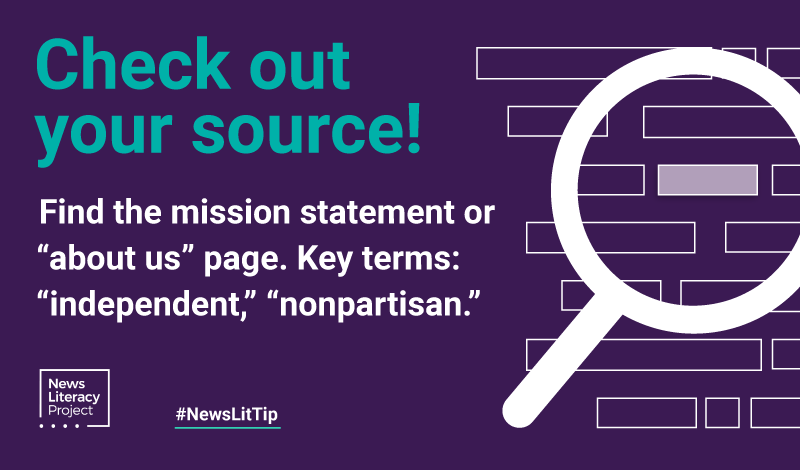
Plenty of people have go-to news sources. But what happens when you stumble across a site that looks legitimate? What if you’ve never heard of it? How do you know if the news organization behind it is real or a spoof? How can you tell whether it has financial or political ties that will tilt its coverage?
The fastest way to determine if a site might not be an honest purveyor of news is to look at the web address. People trying to make a quick buck often buy domains similar to those of well-known news organizations and add .co to the end, or use neutral names that hide their shady nature.
Equally important is the way the site describes itself and its work. Look for words that imply a nonpartisan search for facts. For example, The Washington Post introduces its “Policies and Standards” (in the About Us section) with its mission statement. (“The first mission of a newspaper is to tell the truth as nearly as the truth may be ascertained.”) The investigative site ProPublica calls itself “an independent, nonprofit newsroom.”
Don’t let kidders kid you
By contrast, click the “About” tab on The Onion, where it calls itself “the world’s leading news publication.” It also makes comically exaggerated claims that should tip you off that it’s not a real news site. Consider this gem. “Rising from its humble beginnings as a print newspaper in 1756, The Onion now enjoys a daily readership of 4.3 trillion and has grown into the single most powerful and influential organization in human history.”
You can learn more about this serious topic and related issues in the podcast episode These Kids Don’t Play: Anxiety About Bias in the Media. Part of the podcast series Inside the Chrysalis, it features NLP’s Senior Vice President of Education Peter Adams.
And remember, even journalists have fallen for hoax sites — proving it’s always good to apply news literacy skills to what you see and hear.
